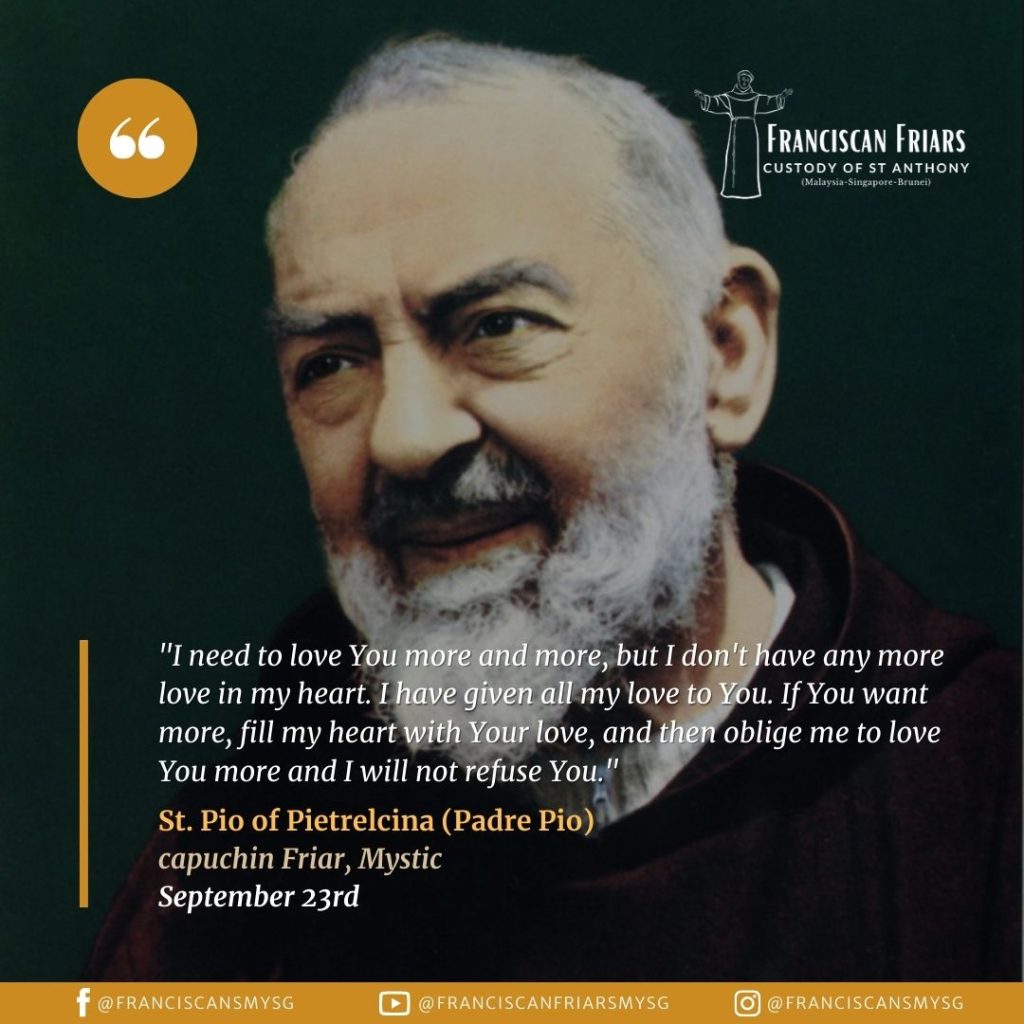
Padre Pio, a Capuchin friar of peasant background, spent virtually his entire life in a monastery in southern Italy. In most respects he was indistinguishable from his fellow friars. But for some mysterious purpose, Padre Pio was set apart. For the thousands of pilgrims who flocked to hear him say Mass, or to have him hear their confessions, or simply to rest their gaze on his bandaged hands, he was living proof for the existence of God.
Like his spiritual father St. Francis, Padre Pio was a stigmatic; he bore on his hands, feet and side the wounds of Christ. These mysterious open wounds, for which there was no natural explanation, appeared on his body in 1910 and remained until some months before his death. He was credited with thousands of miracles and enjoyed other extraordinary gifts, including the ability to read the hearts of penitents. It was even said that he had the rare gifts of bilocation – the ability to be in more than one place at the same time. In other words, he was endowed with a full repertoire of the supernatural gifts that once commonly adorned the lives of medieval saints. But this was a man living under the full glare of twentieth-century-skepticism, an era when the miraculous was more likely to cause embarrassment than wonder.
He regarded his celebrity as a terrible cross. Many denounced him as a charlatan or a neurotic. To discourage his popularity, Church officials for many years instructed him not to say Mass. In part, this reflected a desire to discourage the cult of personality that surrounded Padre Pio, even during his life. At the same time, there was evidently a desire to discourage the notion that “miracles” per se are synonymous with holiness. Some suggested that Pio’s wounds were a result of psychosomatic stress, caused by too much concentration on the passion of Christ. To this, Padre Pio responded, “Go out to the fields and look very closely at a bull. Concentrate on him with all your might. Do this and see if horns grown on your head!”
Eventually, his faith and sufferings were vindicated by the Church. In 2002, thirty-four years after his death in 1968, he was canonized by Pope John Paul II – formerly a Polish priest, Fr. Karol Wojtyla – whose papal election Padre Pio had prophesied in 1947 after hearing his confession.
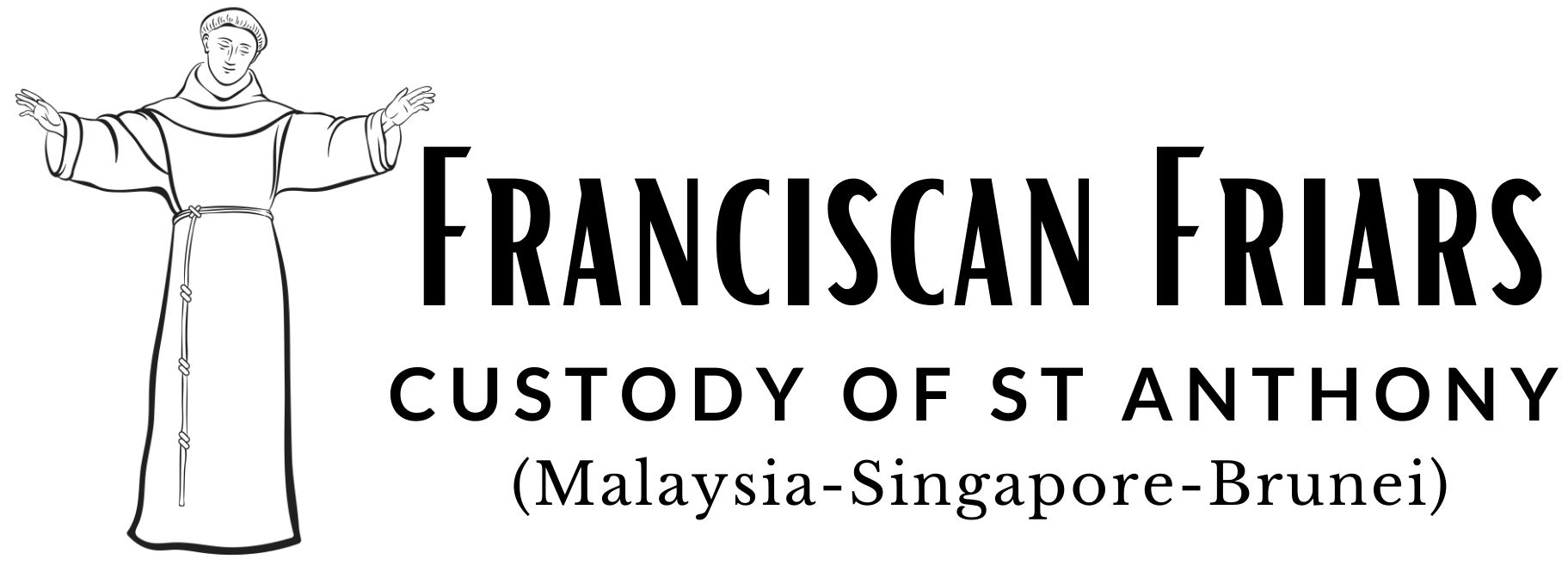

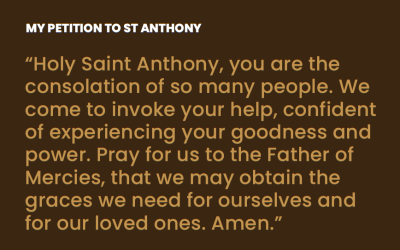
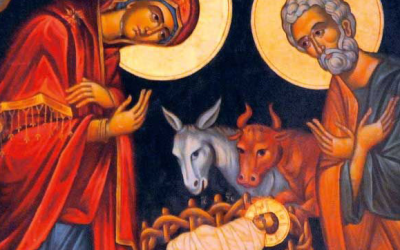
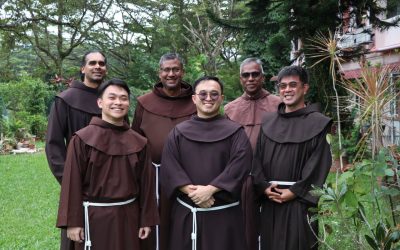
0 Comments